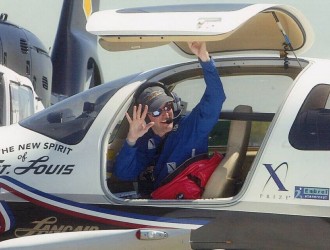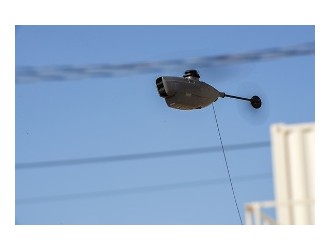
Buer said TRU's Level 7s will feature the electric “mini-motion” system with six degrees of throw and high-fidelity graphics providing a 220-degree field of view (including the chin bubble), be capable of linking together for practicing skills like formation flying, and be night-vision-goggle capable. It also incorporates what Buer called the “hover helper,” which allows instructors to limit control inputs to teach people more quickly how to hover and can be loaded with multi-mission features for the Navy's training client base such as sea states, search-and-rescue patterns and shipboard operations for the Coast Guard. The high-definition visual cueing means students will be able to see details down to which way “the grass blows and the leaves move.”
Buer said the Navy is looking for a turnkey operation with ground instruction, simulator instruction, simulators and simulator maintenance and is seeking robust devices capable of operating 18 hours a day, six days a week. “It really would relieve a lot of stress on the Navy while allowing it to produce a better pilot while at the same time taking stress off the fleet of JetRangers until they can make the leap to the next Advanced Helicopter Training System.” Given that the Navy has replacement aircraft in mind, Buer noted that TRU's simulators would easily convert, largely via software upgrades, to be compatible with whatever ATS single-engine helicopter the service selects.





